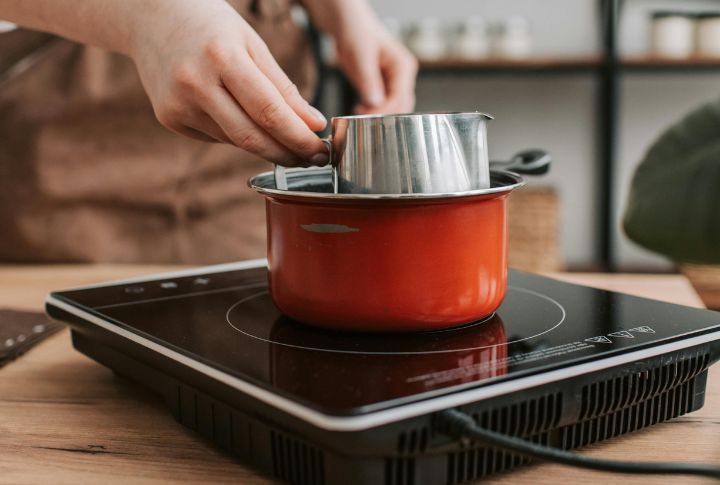
Electric stove tops appear simple, yet their slow reactions and hidden quirks throw off even confident cooks. The glow misleads, and the settings rarely mean what they seem. Most problems start with false assumptions. Find out what the appliance isn’t telling you—before it ruins another meal.
Misunderstanding The Glow Indicator
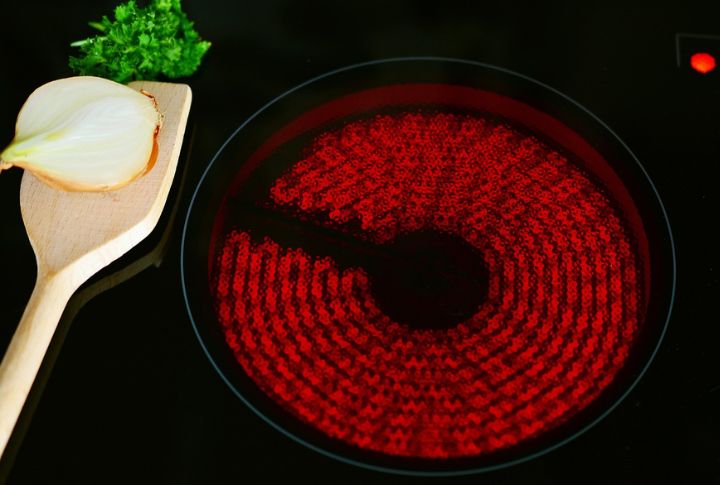
That familiar red glow? It’s not the best measure of actual heat. Coils or glass may still be warming up—or already cooling down—when they appear brightest. While it looks reassuring, the glow only signals that electricity is flowing, not that the surface has reached the right temperature.
Treating All Burners Equally

Each burner isn’t created with the same purpose, and yet they’re often used interchangeably. High-wattage rings handle rapid heating, while others are optimized for a slow, steady output. When overlooked, this mismatch leads to heating inconsistencies that seem random but are actually built into the design.
Overlooking Heat Retention After Shutoff

Even after the knob clicks to “off,” heat continues to radiate. Many don’t factor in this fade-out period, which can be long enough to burn a towel or cook a forgotten pot dry. The surface remains deceptively active long after users believe they’ve powered everything down.
Expecting The Surface To Stay Clean Without Regular Care
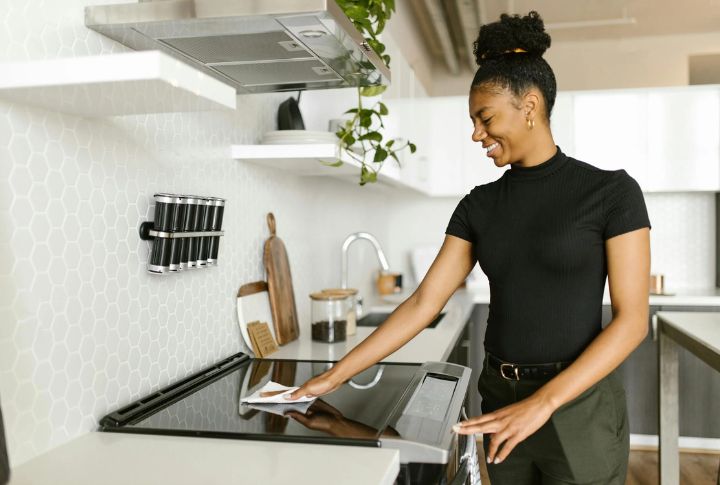
What begins as a small spill can turn into a scorched blemish by dinner’s end. Glass tops, in particular, cling to sugary or greasy debris that bonds under lingering heat. Over time, these marks build a crust that not only looks bad but also affects heat distribution.
Ignoring Burner Size Guidelines

Burner rings vary in size for a reason, but that detail gets missed often. An oversized pan on a tiny coil leads to lukewarm edges, and small cookware on large rings causes wasteful overreach. Most stoves even print size recommendations, though they’re usually hidden in plain sight.
Assuming Heat Adjusts Instantly
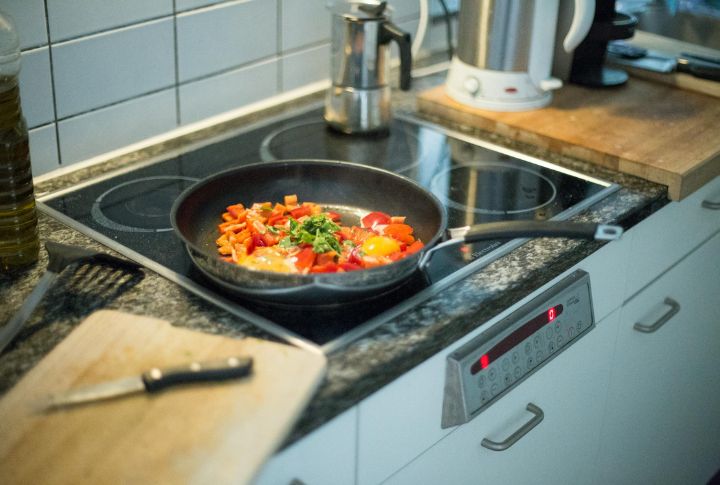
Heat doesn’t change on command—electric burners take time to react. After turning the dial, the surface often needs up to a minute to catch up. Unlike gas, which adjusts in real-time, the lag introduces inconsistency and throws off precise timing for anyone expecting immediate feedback.
Believing The Dial Numbers Represent Universal Temperatures

Wouldn’t it be convenient if “5” always meant medium? That assumption causes chaos. Stoves differ wildly in output, even when dials look similar. One model’s “7” might simmer gently while another’s scorches. Heat level isn’t universal—it’s a rough guideline shaped by each machine’s unique temperament.
Letting Cookware Sit Without A Flat Bottom
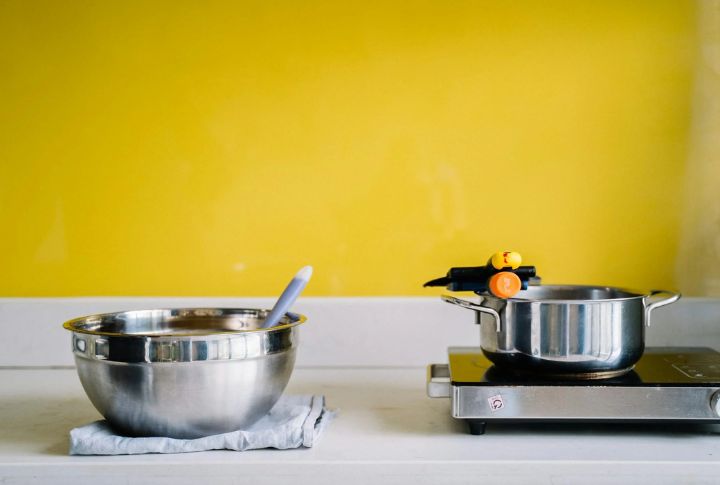
Even a barely visible wobble can sabotage the stovetop’s performance. Electric burners rely on full, flat contact to transfer heat properly. Once the connection’s disrupted by a warped base, uneven results, energy loss, and glacial preheat times follow, often without the user realizing what’s causing the inconsistency.
Believing “Low” Heat Settings Are Always Safe

The term “low” has a calming ring, but the way electric burners cycle can produce random bursts of heat. Unexpected flare-ups have melted plastic and, in rare cases, sparked fires. Low isn’t synonymous with harmless—it’s simply the floor of an unstable wave.
Forgetting That Electric Glass Tops Scratch Easily

Glass tops look tough until a heavy pot grinds grit across their surface. Most don’t notice the damage right away, but micro-scratches form with each drag. When this occurs repeatedly, they dull the finish and reduce the pan-to-surface connection. Without realizing it, the smooth surface becomes rough, and heat control quietly starts to slip.

